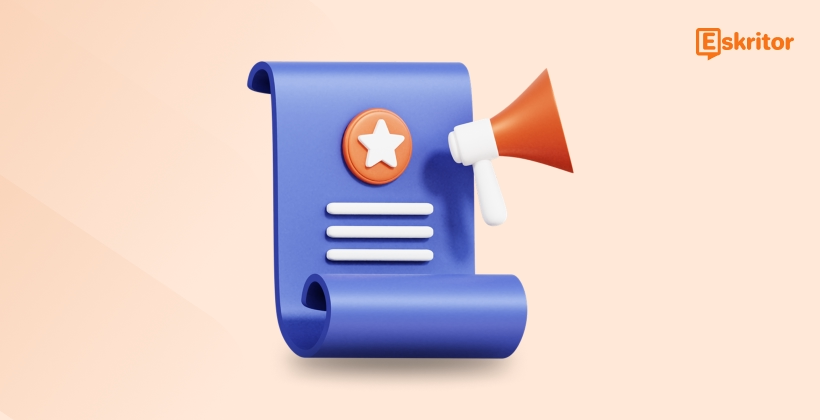Transform Your Writing with AI Writer Tools
Transform Your Writing with AI Writer Tools
Blog Article
AI Writers vs. Human Writers: A Comprehensive Comparison
The advent of artificial intelligence (AI) has had significant changes across different areas, and the writing industry is not any exception. From material creation to editing, AI-driven publishing instruments are creating waves by transforming how individuals and firms method published communication. With enhanced rate, cost-efficiency, and precision, AI Writer (นักเขียน AI) are placing new requirements for production and redefining traditional publishing processes.

Improved Effectiveness and Output
One of the most significant contributions of AI authors to the industry is the level of effectiveness they provide. These tools may produce supreme quality content in a fraction of times it would take a human writer. For example, Jasper AI, an industry-leading AI instrument, can make articles, blogs, and marketing components within minutes. That expedited process allows companies to degree their material generation and match restricted deadlines without reducing on quality.
Data also shows that trend. In accordance with a 2023 review by MarketsandMarkets, companies using AI-powered material development tools described a 70% lowering of time used on publishing tasks. By automating repetitive publishing jobs such as for example drafting e-mails, reports, and item explanations, AI frees up valuable time for authors to target on more strategic, creative work.
Increased Reliability with Advanced Language Types
AI publishing instruments are powered by normal language control (NLP) versions, such as GPT (Generative Pre-trained Transformer), that continue to evolve with each iteration. These sophisticated designs allow AI writers to make grammatically exact, contextually applicable, and well-structured content. Mistakes that were after human mistakes, like typos and grammar inconsistencies, are now reduced significantly with AI.
Grammarly, as an example, noted a 76% escalation in consumer precision typically, featuring how AI enhances the accuracy of written communication. Additionally, instruments such as Copy.ai and Writesonic provide functions like sentence restructuring and tone changes, which ensure the ultimate production aligns with the supposed function and audience.
Charge Savings for Firms
The integration of AI writers in to the company ecosystem is showing to be cost-effective. While selecting skilled individual writers may be expensive and time-intensive, AI provides an inexpensive alternative. AI resources generally include subscription-based pricing, which is often a portion of exactly what a business would invest in staffing writers or outsourcing content creation.
As an example, small-to-midsize organizations note on average 45% savings in material development finances when adopting AI publishing software. This price performance afford them the ability for startups and SMEs to contend with bigger corporations in terms of content volume and quality.
Democratizing Material Formation
AI writers also stage the playing subject by making professional-grade resources available to people and corporations of sizes. Freelancers, non-native English speakers, and small companies will have use of resources that help them create refined, skilled content. That democratization fosters inclusivity within the and empowers a broader range of voices.

Surrounding the Potential of Publishing
The constant improvements in AI writing signify a paradigm shift in the industry. With features like predictive text, tone personalization, and contextual understanding, AI writers are not only aiding individual authors but in addition augmenting their imagination and effectiveness. While issues about reliability and individuality stay legitimate, the integration of AI into writing operations is without question a game-changer.
Report this page